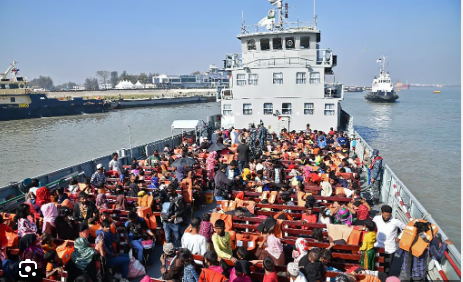
For Rohingya in Bangladesh it s life in perpetual limbo
Six years after Rohingya fled genocide in Myanmar, a million are still living in a state of legal limbo in Bangladesh The world seems not to careIn December 2017, I visited camps in Bangladesh that housed Rohingya refugees. That was four months after the Rohingya fled from genocide in the Rakhine state of Myanmar.
I was a student journalist It was blazing hot and I had to fasten a light blue dress shirt around my mouth like a mask to stop inhaling dustThe camp wasn’t anything at all like the reports and photographs I had relied on to write and record stories over the previous four months which had described horror after horror.
The Rohingya people are a Muslim minority in the western state of Rakhine in Myanmar. They have been persecuted by the military of Myanmar and by Buddhist nationalists since the 1970s.tomatoes, chilies and eggplants. They were propped up against the navy and orange tarpin used to protect a roof from rain. His goatee was white. His apprentice was a girl no older than 17As I walked, I could see makeshift stalls.
An old man in a sweater and a lungi, a sarong-like garment that extends to the ankles, sold cabbages, tomatoes, chilies and eggplants. They were propped up against the navy and orange tarpin used to protect a roof from rain. His goatee was white. His apprentice was a girl no older than 17.
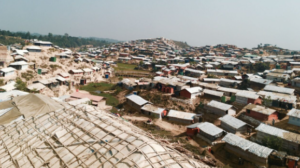
Here there was no blood staining the ground into a mosaic of crimson, burgundy and scarlet. There was no smoke billowing out from houses set ablaze. Women were not dragged out of their homes and raped in front of their families.
There were no babies being burned alive or young boys beheaded.Since 2017, nearly one million Rohingya have fled to Bangladesh, escaping what various United Nations agencies, human rights groups, governments and journalists have called ethnic cleansing and genocide.
In December 2017, I visited camps in Bangladesh that housed Rohingya refugees. That was four months after the Rohingya fled from genocide in the Rakhine state of Myanmar. I was a student journalist. It was blazing hot and I had to fasten a light blue dress shirt around my mouth like a mask to stop inhaling dust.As I walked, I could see makeshift stalls.
An old man in a sweater and a lungi, a sarong-like garment that extends to the ankles, sold cabbages, tomatoes, chilies and eggplants. They were propped up against the navy and orange tarpin used to protect a roof from rain. His goatee was white. His apprentice was a girl no older than 17.









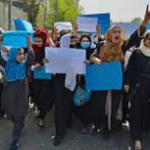
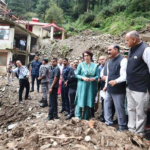
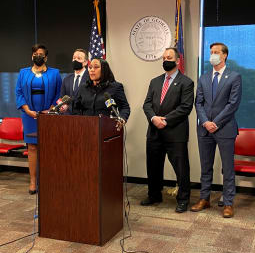
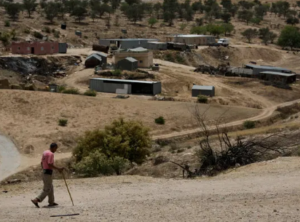



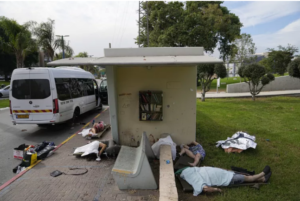
Average Rating